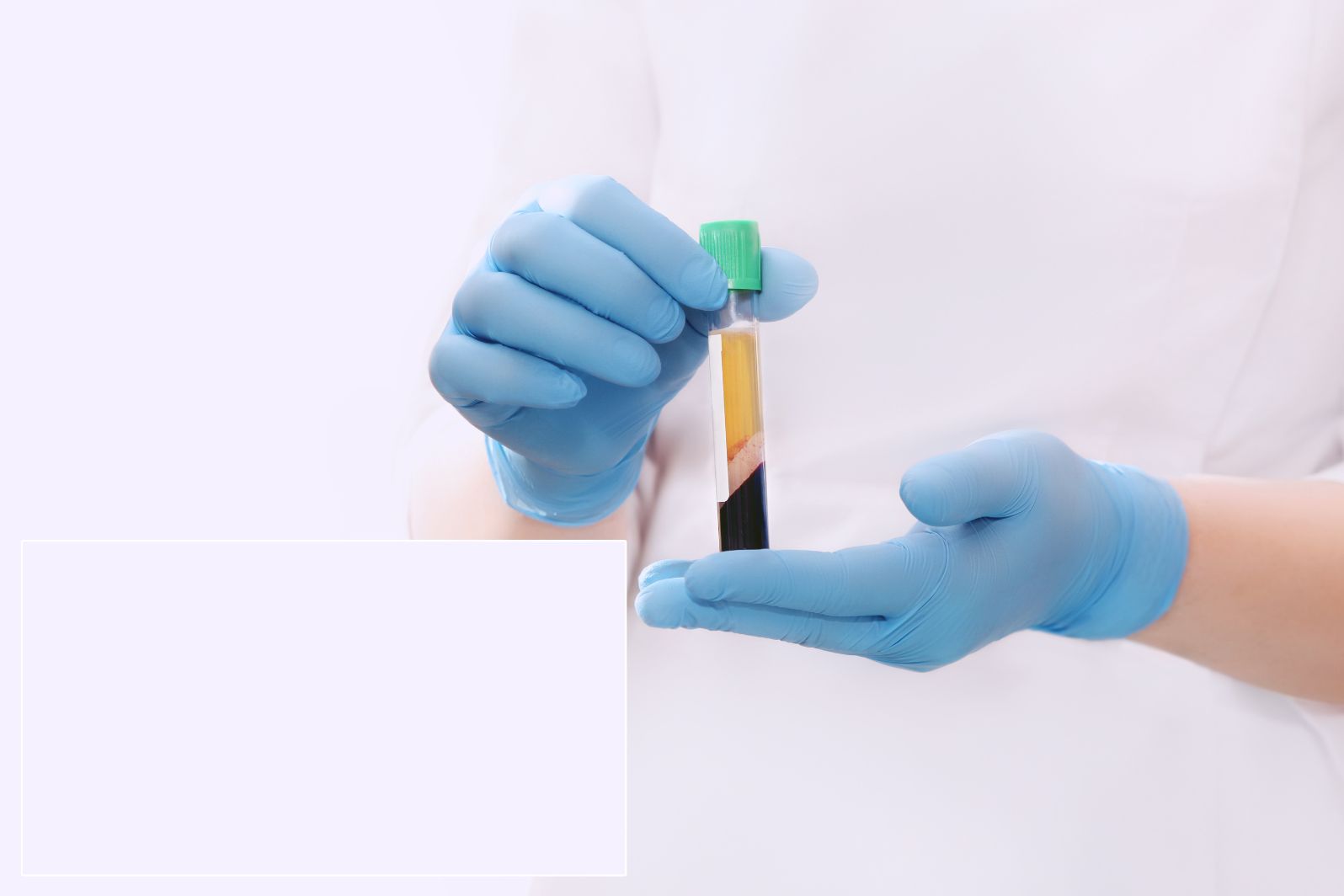Platelet-Rich Plasma (PRP) therapy, once a well-kept secret among elite athletes, has become a versatile and widely adopted medical treatment. It has found applications not only in sports medicine but also in various healthcare fields, including aesthetics and regenerative medicine.
In this article, we will explore the remarkable versatility of PRP therapy, its origins, and the various ways it is changing the landscape of modern healthcare.
Understanding Platelet-Rich Plasma (PRP) Therapy
Before delving into its versatility, it’s essential to grasp the fundamental principles of PRP therapy. PRP is a cutting-edge medical treatment that leverages the body’s natural healing mechanisms.
It is a non-invasive procedure that utilizes the patient’s blood to extract and concentrate platelets. Platelets are rich in growth factors and other bioactive proteins that play a crucial role in tissue repair, regeneration, and overall healing.
The PRP preparation process involves drawing a small amount of the patient’s blood and then processing it to separate the platelet-rich plasma from other components.
The resulting PRP is then injected or applied to the targeted area of treatment, where it stimulates tissue repair and regeneration.
Table of Contents
From Sports Medicine to Mainstream Healthcare
PRP therapy first gained notoriety in the world of sports medicine. Professional athletes, including tennis legend Rafael Nadal and golfer Tiger Woods, have publicly acknowledged their use of PRP therapy to recover from injuries and enhance their performance.
Initially, PRP was seen as an innovative way to accelerate healing and reduce downtime for athletes, allowing them to return to their sport more quickly.
Over time, the success stories from the sports world piqued the interest of medical professionals and the general public. As more research and clinical trials were conducted, it became clear that PRP therapy had applications far beyond the field of sports.
Diverse Applications of PRP Therapy
PRP therapy, provided by the skilled professionals at Orlandohandsurgery.com, delivers a multitude of advantages, including its remarkable ability to minimize pain and inflammation in conditions such as osteoarthritis and tendonitis, enabling individuals to reclaim their quality of life.
Moreover, the versatility of PRP therapy allows it to be tailored to a variety of medical conditions, from musculoskeletal injuries to skin rejuvenation, providing long-lasting results and enhancing overall wellness.
Let’s explore the wide range of applications in which PRP is making a significant impact:
1. Sports Medicine
PRP therapy is still widely used in sports medicine. It is employed to treat various musculoskeletal injuries, including tendonitis, ligament sprains, and muscle strains.
PRP injections can help reduce pain and inflammation while promoting tissue healing. Athletes benefit from faster recovery times and reduced reliance on pain medication.
2. Orthopedics
Beyond sports injuries, PRP therapy has found a place in orthopedics for the management of degenerative conditions like osteoarthritis. Patients suffering from joint pain and limited mobility have reported substantial relief and improved joint function following PRP treatment.
3. Hair Restoration
Hair loss affects millions of individuals worldwide, causing distress and impacting self-esteem. This form of therapy, using prp for hair loss, has emerged as a non-surgical solution for hair restoration. By injecting PRP into the scalp, it can stimulate hair follicles, leading to hair regrowth and thicker, healthier hair.
4. Skin Rejuvenation
PRP’s regenerative properties make it an excellent choice for skin rejuvenation. Often referred to as the “Vampire Facial” when combined with microneedling, PRP can help reduce wrinkles, fine lines, and acne scars, while improving skin texture and elasticity.
5. Dental Procedures
PRP therapy has been incorporated into various dental procedures, including oral surgery and dental implant placement. By applying PRP, dentists can accelerate tissue healing, reduce the risk of complications, and enhance the success rate of these procedures.
6. Sexual Wellness
In the realm of sexual wellness, PRP therapy has been utilized for male and female sexual dysfunction. It is often referred to as the “O-Shot” for women and the “P-Shot” for men. PRP injections can improve sexual arousal, performance, and overall satisfaction.
7. Chronic Pain Management
PRP therapy is explored as an option for managing chronic pain conditions like chronic tendonitis and back pain. It offers a minimally invasive alternative to surgery and long-term pain medication use.
8. Wound Healing
In wound care, PRP can facilitate the healing of chronic wounds, ulcers, and diabetic foot sores. The growth factors in PRP promote tissue regeneration, reducing the risk of complications and amputation.
Challenges and Considerations
While PRP therapy has shown promise in various medical fields, it is essential to consider the specific indications, patient suitability, and potential limitations.
The success of PRP treatment can vary based on factors such as the patient’s overall health, the nature of the condition being treated, and the expertise of the healthcare provider.
Conclusion
The versatility of Platelet-Rich Plasma (PRP) therapy is nothing short of remarkable. What began as a revolutionary approach to healing sports-related injuries has evolved into a powerful tool that impacts a broad spectrum of medical fields.
From sports medicine to aesthetics, orthopedics to wound care, PRP therapy is changing the way healthcare professionals approach treatment and healing.
By harnessing the body’s natural healing potential, PRP therapy is offering patients and healthcare providers innovative solutions to an array of health concerns.
As this field continues to evolve, the future holds the promise of even more diverse and impactful applications for PRP therapy.


